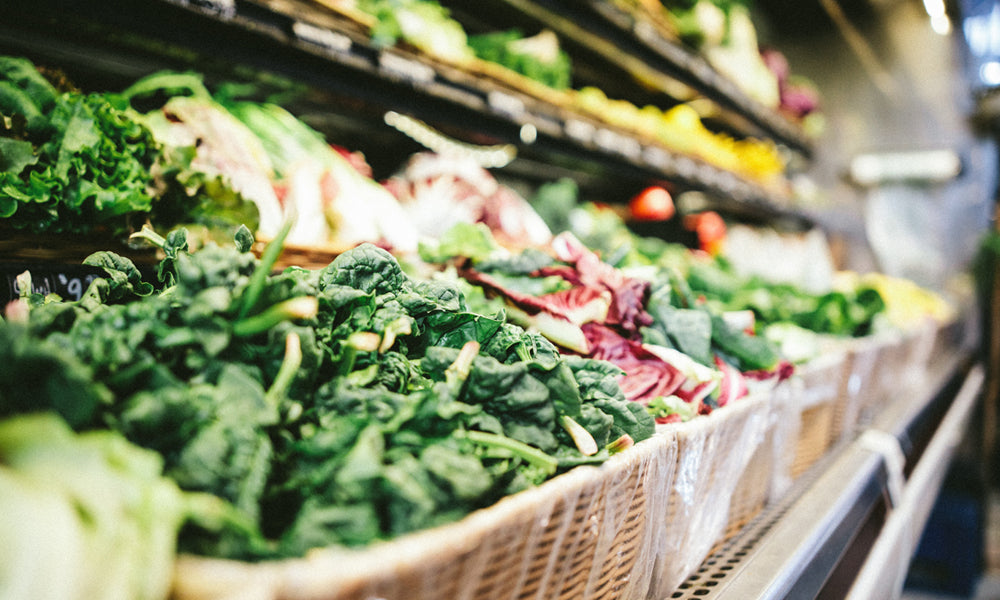
Effective Disinfection for Food Products and Processing Environments using the power of Chlorine Dioxide
Share
A Deep Dive into the Use of Chlorine Dioxide in Promoting Food Safety and Cleanliness in the Food Industry
In the quest for maintaining food safety, the food industry continuously explores efficient methods for disinfection. Among these, one compound stands out: Chlorine Dioxide. Boasting potent bactericidal, virucidal, and fungicidal properties, it has become an indispensable tool for food processors worldwide.
Chlorine Dioxide: The Versatile Disinfectant
Chlorine dioxide excels in the cleansing of a wide variety of food products including fruits, vegetables, poultry, and seafood. It works relentlessly to eliminate harmful microorganisms that pose a threat to food safety and longevity. The application methods vary from immersion and spraying to incorporation in flume water, making it adaptable to diverse food processing requirements.
One key differentiator of Chlorine Dioxide is its robust performance over a broad pH spectrum. It does not generate potentially harmful disinfection by-products, which sets it apart from conventional chlorine-based disinfectants. Thus, it ensures that the disinfection process doesn't compromise the quality and safety of the food.
Taking the Battle to Equipment and Surfaces
A clean food processing environment is as important as the food products themselves. Food contact surfaces and processing equipment are potential hotspots for bacteria and other pathogens. In the absence of adequate sanitation, these microorganisms can contaminate the food, leading to foodborne illnesses.
To combat this, Chlorine Dioxide is extensively used to sanitize these surfaces and equipment. It can be sprayed or used in CIP (Clean-In-Place) systems, ensuring effective sanitation even in the hard-to-reach parts of machinery. The result is a clean and safe food processing environment that meets stringent food safety regulations.
The Biofilm Buster
One of Chlorine Dioxide's distinguishing capabilities is its effectiveness against biofilms. These microbial communities can adhere to surfaces and shield pathogens from sanitizing agents, and they're notoriously difficult to eliminate using conventional disinfectants. However, the strong oxidizing properties of Chlorine Dioxide allow it to penetrate and disrupt these biofilms, making it an invaluable ally in the food industry's fight against pathogens.
Methods of Application:
Chlorine Dioxide can be applied through several methods, depending on the nature of the food product and the processing environment:
-
Immersion: Food products can be immersed in a solution of Chlorine dioxide. This is commonly used for washing fruits and vegetables. When food products are immersed in a Chlorine Dioxide solution, the potent biocidal properties of the compound work to effectively eliminate a broad range of microorganisms that might be present. This includes bacteria, viruses, fungi, and other pathogens that can cause spoilage or lead to foodborne illnesses. The goal is to reduce the microbial load on these food items, extending their shelf life and ensuring their safety for consumption.
-
Spraying: as a method of applying Chlorine Dioxide is particularly useful in scenarios where immersion is not feasible or efficient. This technique involves spraying a finely dispersed solution of Chlorine Dioxide onto the surface of the food product or across a broad area within a food processing facility.
-
Flume Water: In food processing facilities, flume water is used to transport food products, particularly fruits and vegetables. Chlorine dioxide can be added to this water to control microbial populations, reducing the risk of cross-contamination.
Safety First
While Chlorine Dioxide's power as a disinfectant is undeniable, its use must always follow the principle of safety first. It is crucial to adhere strictly to the guidelines for its application, ensuring that the concentration levels used are effective for disinfection but safe for workers and consumers. Always follow up-to-date local regulations regarding its use.
In conclusion, Chlorine Dioxide's power and versatility make it an essential tool in maintaining food safety and hygiene in the food industry. Its role in safeguarding food quality and the cleanliness of processing environments is a testament to its efficacy and value.
